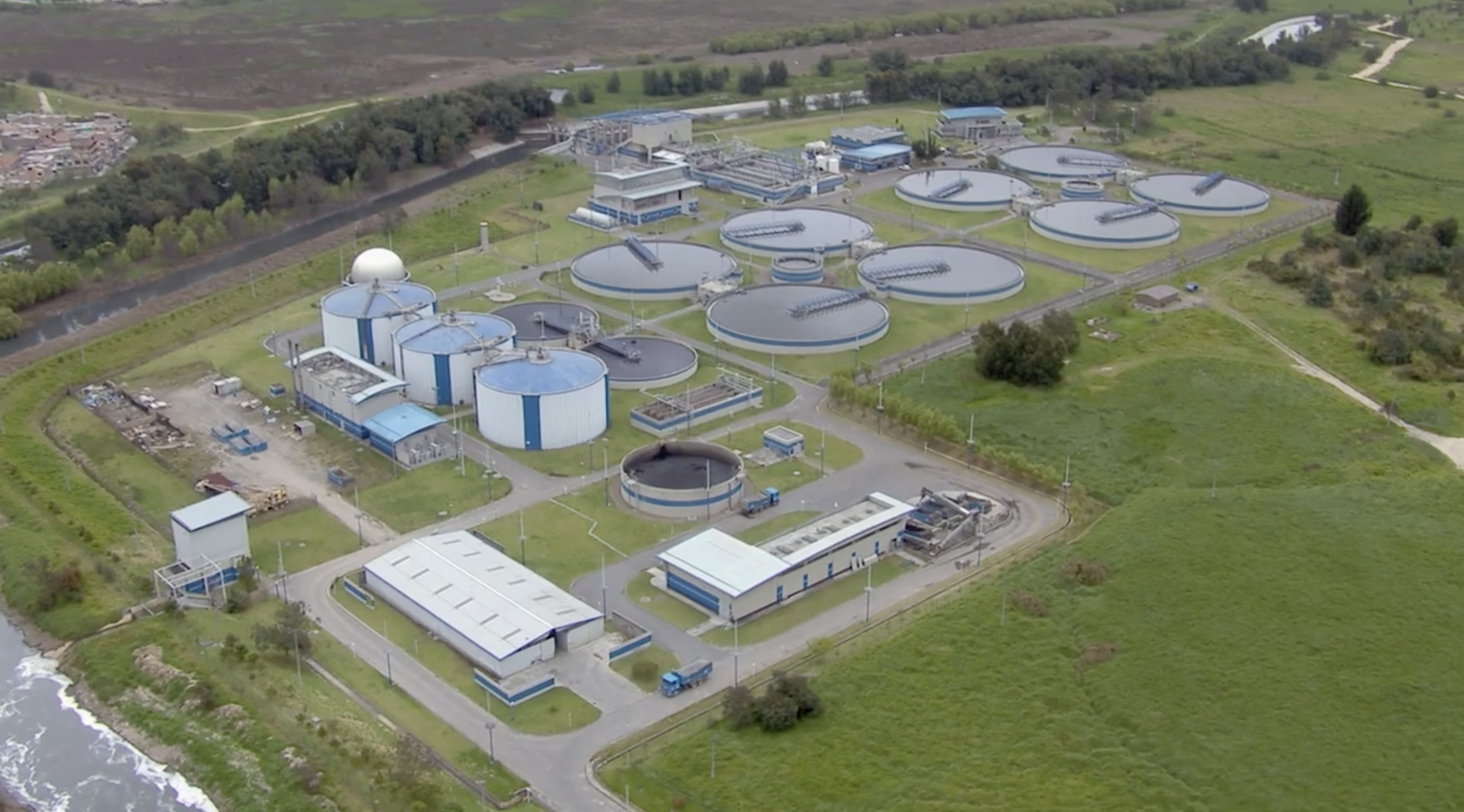Doing Business While Doing Good
School of Business Examines Evolution of Corporate Culture

There is a quiet revolution happening in the lagoons and wetlands outside a textile facility in a sunny valley in Rio Nance, Honduras. Fashion and textile manufacturing make up 10 percent of the world’s carbon emissions, use valuable water resources, and release pollution during the manufacturing process. But one textile manufacturer was determined to do it differently. In 2001, Montreal-based Gildan launched a proprietary system that treats the wastewater from its Rio Nance plant using sunlight, gravity, and bacteria. Water funnels through a series of 41 lagoons and wetland areas, emerging fully restored and capable of sustaining life. The many birds, crocodiles, and other wildlife that call the lagoons home are testament to that.
The innovative water treatment system is just one example of the steps corporations have taken as part of their commitment to responsible manufacturing and environmental, social, and governance investing—an approach known as ESG.
This diverse set of topics under the ESG umbrella date to the 1960s, when investors applied certain standards to identify companies that had specific corporate values they wanted to support. ESG has since evolved from a simple list of actions that set a socially responsible company apart from its competitors to a complex set of metrics that provide transparency into a corporation’s actions and their effect on the world.

Both large and small companies are paying close attention to ESG, according to Yuliya Strizhakova, associate professor of marketing at the Rutgers School of Business–Camden. “It’s because of growing consumer concerns around global warming and increased expectations of firms to be environmentally responsible, socially responsible, and committed to social causes, as well as inclusive and diverse in their corporate governance,” she said. Strizhakova and her colleagues found that about 90 percent of the top 100 global brands make statements around environmental sustainability on their websites—and, for statements around ethics and social responsibility, the number is close to 100 percent. “For multinational firms and their global brands,” Strizhakova said, “it is a given that they must implement ESG.”

Yuliya Strizhakova, associate professor of marketing at Rutgers School of Business–Camden.
Yuliya Strizhakova, associate professor of marketing at Rutgers School of Business–Camden.

Companies have also started to appreciate that a robust ESG program can help the bottom line. Jun Guo, associate professor with the School of Business–Camden, pointed out that 20 years ago, only a few companies on the Standard & Poor's 500 index published ESG reports. That number is growing, Guo said, as more companies have realized ESG is good for business growth.

Dr. Jun Guo, associate professor at Rutgers School of Business–Camden.
Dr. Jun Guo, associate professor at Rutgers School of Business–Camden.
While there’s no consensus on what should be included in a set of ESG principles, topics most often addressed include environmental stewardship, diversity and inclusion, fair and responsible actions toward workers, and value-based principles and practices that create a positive social impact.
One example is a response by Starbucks several years ago after two African American customers were thrown out of one of its Philadelphia cafés. The company responded by closing its more than 8,000 stores nationwide to implement company-wide diversity training for nearly 175,000 employees. Ultimately, according to Chester Spell, professor of management at Rutgers School of Business–Camden, Starbucks’ response served as “the seed of change for the business, as opposed to simply window dressing.” Through its actions, said Spell, Starbucks advanced its corporate values around diversity, equity, and inclusion, which is often included under the ESG banner.
The evolution of ESG from a topic that interested a handful of investors to one that helps define a company’s brand can be attributed to several factors. One is an increased focus on climate change; another is the interest of younger generations in inclusivity and social responsibility as a measure of success (alongside traditional financial metrics). “This is about adapting to change and being a relevant business, beyond being simply a ‘good citizen,’” Spell said.

The auto industry’s reluctance to add seatbelts to cars in the 1960s is an example: Automakers initially fought the change, but came to realize it was a feature they could use to market and sell cars. By comparison, modern companies now see ESG as more than just a tactic to advance the bottom line; it’s part of the organization’s core values that help guide its daily actions.
Some corporations now provide professionally audited reports on their ESG practices, said Sungsoo Kim, a professor of accounting at Rutgers–Camden. Research has shown that a corporation that voluntarily discloses its sustainability and ESG measures sees positive stock price reactions and lower borrowing costs, with lower levels of risk. “For corporations, socially responsible investing is not an option but has become a must-practice,” says Kim.

Dr. Sungsoo Kim, professor of accounting at Rutgers School of Business–Camden.
Dr. Sungsoo Kim, professor of accounting at Rutgers School of Business–Camden.
ESG is undergoing yet another evolution as the world strives to move past COVID-19 and the supply-chain problems that it created. Guo emphasized that implementing a sound ESG strategy can help address supply-chain risks like shortages of new materials, as well as employee safety concerns and labor disputes. Starbucks, for example, disclosed in a 2021 proxy statement how its ESG strategies helped to address some of its supply chain challenges. In spite of higher costs and operating challenges as a result of COVID-19, global supply chain limitations, and store closures, said Guo, Starbucks still saw significant improvements in its financial results.
Strizhakova emphasized that companies should consider the carbon footprint of their supply chain, but also use it as an opportunity to open discussions with suppliers about social values and priorities as well. “I think we are at a major crossroad for supply-chain reevaluation for all firms,” she said. “ESG should be a part of supply-chain considerations, similar to other parts of marketing, and I hope that firms will become more attentive to it.”
While traditional supply-chain drivers like cost, production, and inventory will continue to influence business decisions, other factors tied to ESG may begin to come into play over time because of consumers’ demands, said Kim. “It’s safe to say that corporate ESG investment will grow exponentially for decades to come.”


Creative Design: Karaamat Abdullah